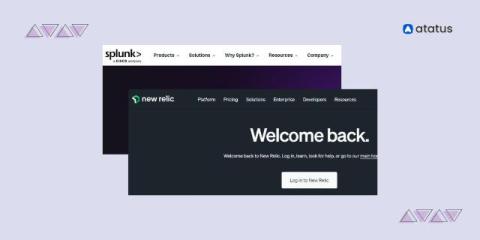Alloy Navigator Customizations
What if Spider-Man wore James Bond’s suit? He probably wouldn’t hang upside down as easily. And vice versa, hiding a gun in a spandex jumpsuit might be tricky. Just like a hero’s custom-made suit enhances their abilities, your corporate software should be tailored to meet your business needs.











